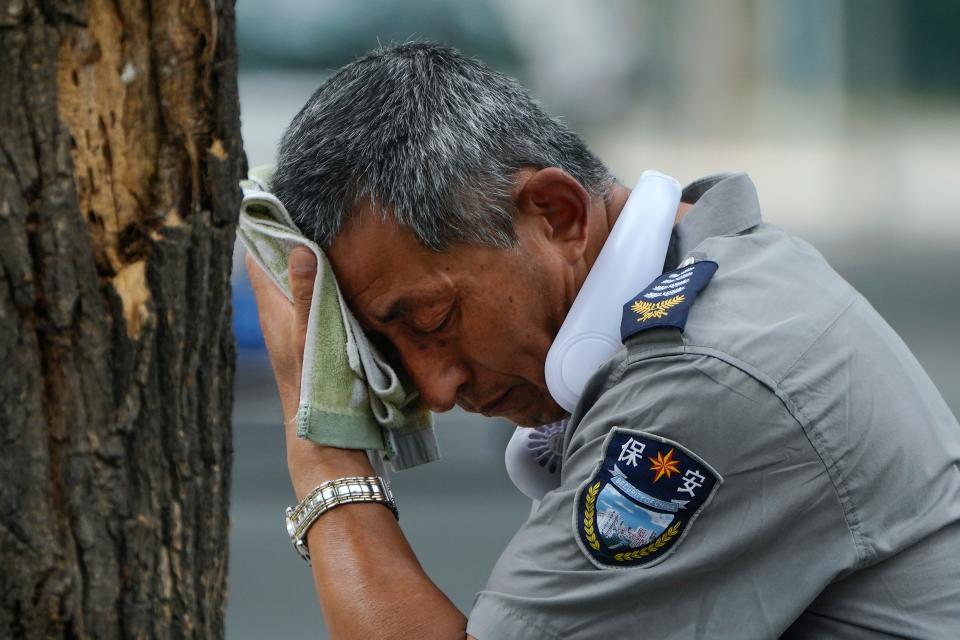Flash flood warnings placed in Midwest while Arizona braces for heat: Thursday forecast
Parts of the Pacific Northwest reached peak heat intensity Wednesday while chances of heavy rainfall and flash flooding persist in the central Plains through Friday. Meanwhile, major West Coast cities had some of the worst air quality in the world Wednesday morning.
Here's a look at the U.S. forecast for Thursday.

Arizona and Florida brace for high temperatures
Southwestern states will be met with temperatures reaching the 100s and even 110s Thursday, according to the National Weather Service. Excessive Heat Warnings are already in effect through Friday in southern Arizona. Northern Arizona could be home to elevated Critical Fire Weather risks this week due to the combination of the heat with dry and windy conditions.
Heat advisories are also placed in Florida where temperatures in the mid-upper 90s could set records, according to NWS, while a cold front will bring the east-central U.S. to below average by Thursday and Friday.
The NSW also reports temperatures in the 90s and possibly over 100F in Pacific Northwest. Western parts of the Northwest are expected to cool Thursday while the interior regions reach above average into the 90s.
US heat index map
Not good: The oceans are unusually hot and on track to get hotter.
Flash flood warnings placed in Midwest
Sparking showers and thunderstorms in the central U.S. will be part of a fairly strong front for this time of year, according to NWS. The Great Lakes, Ohio/Tennessee Valley regions and the Eastern Seaboard can expect moderating temperatures and scattered convection when the front reaches them.
More notably, a multiple organized clusters of storms will reach the central U.S. this week due to the front.
A risk of severe storms will reach the central High Plains Thursday with possibilities of tornadoes, high winds and large hail, NWS reports. Excessive rainfall in the High Plains make flash flooding a likely risk.
The NWS already placed flash flood watches for parts of Cook County, which encompasses Chicago and DuPage County, Wednesday.
Officials warn that underpasses may flood, roads might accumulate water and basement flooding could also be a concern, according to NBC Chicago.
U.S. air quality worsened by wildfires and fireworks
Fireworks joined wildfires as a cause for poor air quality in the U.S. following the Fourth of July holiday. When people launch fireworks into the sky, they release spikes in air pollutants such as sulfur dioxide and particulate matter, further worsening already polluted air, according to Cornell University Economics Associate Professor Nicholas Sanders, whose research focuses on environmental policy and quality.
Do you hate Fourth of July fireworks: Turns out you're not alone.
Wildfires in parts of the U.S. and Canada have already caused air quality alerts to loom in multiple states this summer.
Major West coast cities dominated the IQ Air's live ranking of major world cities on Wednesday. Seattle was ranked the city with the world's worst air quality with Los Angeles set at 4th and Portland in 10th. As of Wednesday, wildfires burned in parts of the West Coast, according to The Wildland Fire Interagency Geospatial Service wildfire and smoke map as well as parts of Arizona, Colorado, and New Mexico further damaging air quality.
US air quality map
US weather warnings and watches
National weather radar
Contributing: Kate Perez
This article originally appeared on USA TODAY: Thursday forecast: Illinois flash floods; heat in Arizona, Florida


